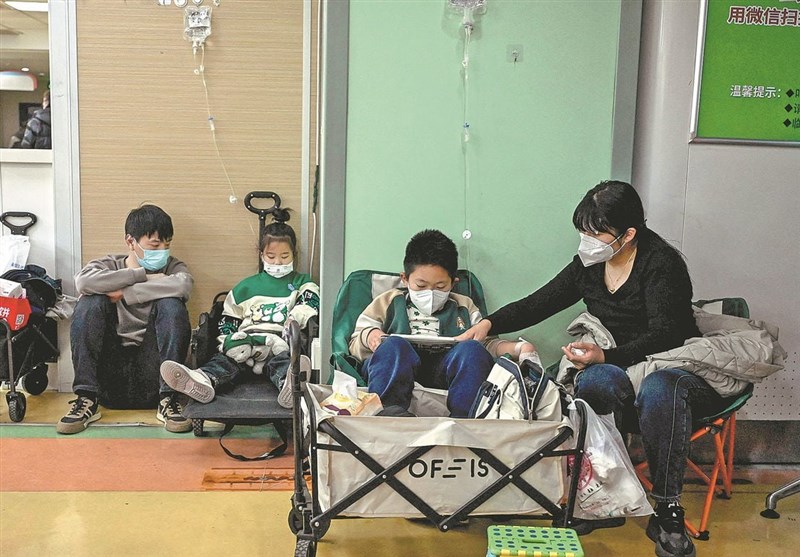Chinese Hospitals Brace for Surge in Respiratory Illnesses
TEHRAN (Tasnim) – A recent upsurge in respiratory illnesses across China has seen the concurrent spread of multiple pathogens, prompting health authorities to prepare hospitals for a surge in patient admissions, officials and experts confirmed to China Daily on Sunday.
Mi Feng, spokesman for the National Health Commission, disclosed during a news briefing that while influenza remains the dominant respiratory virus, rhinovirus, mycoplasma pneumoniae, respiratory syncytial virus, and adenovirus are concurrently spreading.
Wang Huaqing, chief immunization planning expert at the Chinese Center for Disease Control and Prevention, highlighted the prevalence of influenza and rhinovirus among toddlers aged 1 to 4 and influenza, mycoplasma pneumoniae, and adenovirus among children aged 5 to 14.
"Multiple pathogens are coexisting during this peak season for respiratory disease," Wang stated, advising the public to get vaccinated and adopt protective measures.
Hospitals have witnessed a surge in infections, leading to capacity constraints and difficulties in accessing medical care, especially in pediatric facilities, amid the ongoing surge in respiratory cases.
Mi emphasized the need for hospitals to expand clinics, particularly for respiratory, fever, and pediatric services, extend operating hours, and ensure a continuous supply of medicines.
Ying Xumin, deputy director of the Hangzhou Health Commission, outlined efforts in Hangzhou, requiring medical facilities to extend service hours for respiratory and fever clinics, deploying additional staff from different hospital departments to support disease-specific clinics.
Despite the surge in respiratory illnesses, no unidentified pathogens have been detected, and all cases are linked to known pathogens, health officials confirmed.
Health authorities are preparing for the concurrent circulation of various respiratory diseases, including COVID-19, influenza, and mycoplasma pneumoniae, during the winter and spring seasons.
To tackle the growing patient load, the National Health Commission has advocated for stratified care implementation, bolstering the diagnostic and treatment capacities of grassroots medical facilities.
The circular issued by the Joint Prevention and Control Mechanism underscored strengthening surveillance systems, enhancing protection measures in schools, nursery care, and elderly care homes, and intensifying vaccination campaigns targeting high-risk groups.
Strict adherence to epidemic control measures at ports and the allocation of medical resources according to regional epidemic intensity are among the proactive steps outlined to combat the simultaneous circulation of respiratory illnesses.





